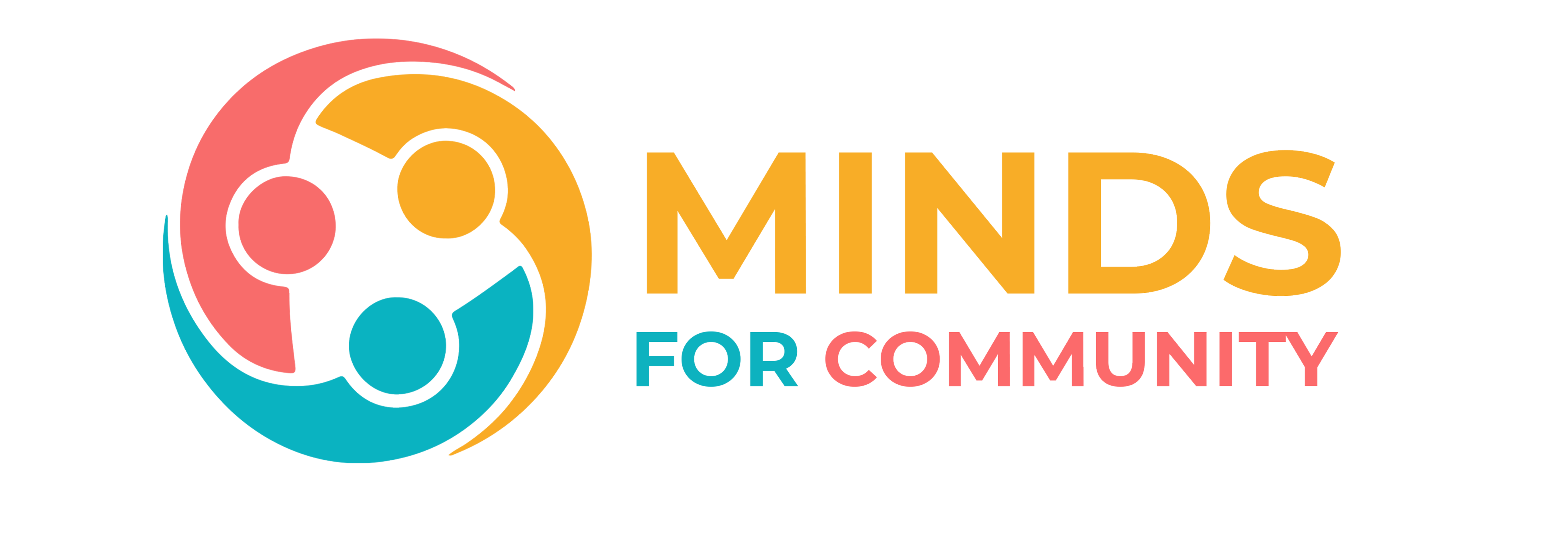Teenagers are at a stage where they feel like they are adults already because of the way they look, but at heart they are still children. With hormonal imbalances and a lot more going on in their bodies, they are sometimes at a loss to properly deal with a lot of situations.
They are at a very critical point in their lives; they need their parents/teachers to care and give them a sense of belonging, but they will never ask for it.
If teenagers feel like their parents/teachers are not on their side, always criticizing, always punishing and always judging their every move with no real conversations flowing, they will feel out of place in their own homes/schools.
With this happening, teenagers can lose sight of what’s right and wrong, seek support from other people which may not be the best option for them.
This phase will ultimately end. Teenagers will either finish it off a positive boost into adulthood or they will enter it as confused adults with low self-esteem and a sense of loss.
Why are teenagers so difficult?
It’s actually normal! According to scientific research, there are two important systems in a teenager’s brain that don’t mature at the same time:
A system that matures around puberty: responsible for seeking obvious reward (like popularity among friends) and excitement (like breaking the rules).
A system that matures in their mid-twenties: responsible for self-control.
Reconsidering our parenting methods
Consider that many things can affect your children to behave the way they do:
- Changes happening in their body with puberty: Body changes can cause distorted self-image and hormonal changes can cause mood swings.
- Their need to prove that they are becoming adults and need to be independent (which can cause them to rebel against rules).
- Things happening at the house: siblings’ jealousy, family dispute, financial struggles that teenagers are aware of…etc.
- Things happening at school: studying load, bullying, being rejected or excluded by friends or classmates…etc.
- Not being able to express their fears and worries for fear of judgement, criticism or punishment.
- Not getting enough sleep or healthy nutrition.
Listening to your children is a skill
Teenagers often say that you know nothing about what it’s like to be a teenager. In order to understand what your teenager is going through, you need to listen to them:
- Choose a moment where your teenage children are in a good mood. Ask them to tell you about something that happened during their day.
- Listen carefully and make sure you’re showing these signs of being a good listener: Showing them a friendly, interested face, nodding, leaning slightly forward and looking them in the eye
- Avoid interrupting them and wait till they finish
- Ask them questions to show you’re interested: (And then what happened? What did you do?)
- Avoid judging and lecturing them if they say they’ve done something wrong. This might discourage them from telling you later on. Wait until they finish and think of possible ways to address this negative behavior later.
- Now, switch roles and ask your teenage children to listen to you while you tell them something that happened to you.
- Talk with your teenage children about what it feels like to be listened to. Do they feel you understand them better?
A positive request is asking a person to do something, not to stop doing something.
“Come early” instead of “do not be late like you always do”
How to make a positive request?
- Make eye contact
- Define exactly what you would like him/her to do (For example: Please clean your room).
- Tell them how it would make you feel (For example: It would be very helpful if you clean your room).
- Use phrases that reflect respect and appreciation like: “I would like you to….”, “I would really appreciate it if you would do….”, “It’s very important to me that you help me with..”
- Always praise your children when they do what you requested.
How to manage negative or challenging behavior?
When your children ignore your requests or breaks a rule you two agreed upon, how do you “positively” tell them that he/she are acting in an unpleasant or distasteful manner?
Express that you have negative feelings towards this negative behavior
- Look at them; speak firmly.
- Say exactly what he or she did that upset you (I feel bad when you……)
- Tell him or her how/ what can happen to help the situation (I would appreciate if you could….)
- Suggest how they might prevent this from happening in the future. (In the future I suggest you…)
Introducing consequences vs punishment
Consequences are different than punishments.
Types of consequences:They are opportunities for your children to learn that their actions will have an impact on themselves and others. They can help teach children independence, decision-making, and responsibility.
- Natural Consequences: Consequences that require no interference from parents. They are a natural result of a teenager’s behavior.
Example: “If you do not put your clothes in the laundry basket, you will not have any clean clothes to wear.”
- Logical Consequences: Consequences that are a result of a specific behavior such as not complying to rules.
Example: “If you come home late, you don’t get time out tomorrow.”
How to introduce consequences for not following rules?
- Identify misbehavior: What you want your children to do and what you don’t want them to do
- Give a clear consequence if this misbehavior happens: Use “if-then” statements as above
- When it happens, apply the consequences immediately after to make the link clear
- Tell them the reason why they are getting the consequence
- Praise them if they follow the rules
Help them solve their problems
Sometimes your children are behaving in a negative way because they’re stressed or worried about another problem. While it’s important to let your children be independent and try figuring things out on their own, you need to let them know they can always come to you for help. They can be having trouble studying for a certain subject, or there could be someone who’s bothering them at school.
Problems solving steps:
- Clearly define the problem
- Think together of possible solutions, encourage them to come up with two or more solutions.
- Talk with your teenager about each solution and how he/she would feel about it. “I wouldn’t be comfortable with this because..” or “That sounds like something I can do because..”.
- Choose the solution that seems best and try it out.
- Talk and follow up with your teenager: Did the solution work?
Consequence
Consequences MUST:
- Be something different than what they use for a reward. Example: if a reward is spending more time with their friends, the consequence cannot be cancelling their time out with friends.
- Include apologizing If the negative behavior affects another person. Example: “If you break someone’s stuff, you have to apologize and help them fix it.”
Consequences MUST NOT:
- Include physical punishment.
- Deprives teenagers of a right like food or going to school. It can rather be restricting a privilege like decreasing time with friends or adding responsibilities like doing more chores.






